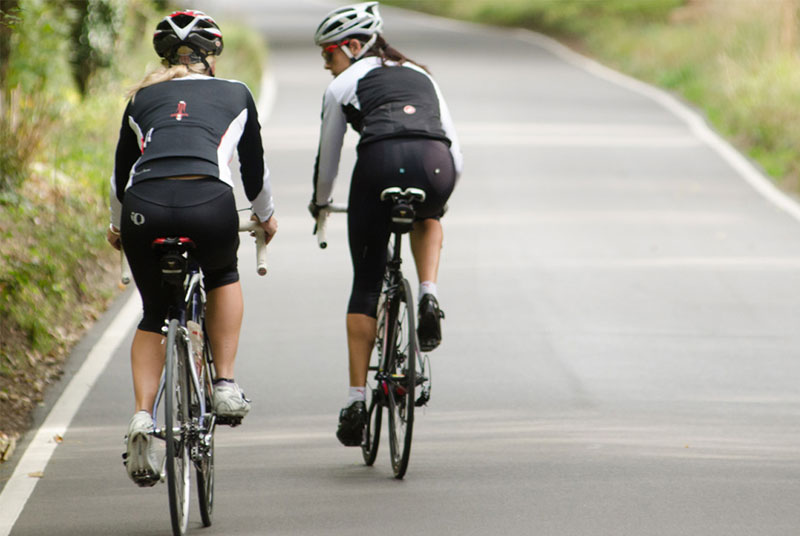Sunday, June 3 is World Bicycle Day 2018, organized by the UN to celebrate the bicycle as a “simple, affordable, reliable, clean and environmentally fit” method of transport, which of course also brings many health benefits. Here we round up some recent research which shows how swapping the car for the humble bike could give our health a big boost.
Improved mood and reduced stress
A small Canadian study published last year found that cycling to work can help get your day off to a better start, with those who commuted to work on their bike arriving in a better mood and with a lower level of stress than those who took the car. This positive effect also helped cyclists have a better day in general, reducing stress and even boosting work performance.
A lower risk of heart disease
UK research published earlier this year found that cycling or walking to work could help cut the risk of developing or dying from cardiovascular disease (CVD) or stroke. The large-scale study looked at over 350,000 participants to find that regular commuters who used a more active means of travel for commuting, such as cycling, had an 11% lower risk of developing cardiovascular disease (CVD) and 30% lower risk of fatal CVD. Regular commuters who cycled in their spare time had a 43% lower risk of fatal CVD. Even those who were not regular commuters but took the bike occasionally saw benefits, showing an 8% lower risk of all-cause mortality.
Reduced risk of Type 2 diabetes
A large-scale study carried out by the University of Southern Denmark found that cycling can help reduce the risk of Type 2 diabetes. After looking at 24,623 men and 27,890 women, researchers found that those who cycled regularly were less likely to develop type 2 diabetes, and the more they cycled each week, the lower the risk was. The results also indicated that even those who took up regular cycling at a later age still benefited from a 20% lower risk of developing type 2 diabetes than non-cyclists.
It can help keep off extra weight
UK researchers who compared the daily modes of transport of nearly 150,000 participants found that cycling was one of the most effective forms of exercise for keeping trim and losing weight and was even more effective than walking. Those who cycled to work had lower BMIs than those who walked, drove, or took public transport and lower levels of body fat than those who took public transport or the car.
It’s safe for sexual health
Two separate studies published earlier this year found that cycling does not affect a man’s sexual or urinary health or a woman’s gynecological health. The first, carried out by the University of California, found that male cyclists’ sexual and urinary health was no worse than swimmers’ or runners’, although adjusting the handlebar height to be higher or even with the saddle reduced the chance of genital numbness and saddle sores. Researchers from UC San Francisco also found that although female cyclists had a higher risk of genital numbness and saddle sores than non-cyclists, as well as a higher risk of urinary tract infections, they showed no worse sexual or urinary function, and in fact high-intensity cyclists may benefit from improved sexual function.











































